DJI has done it again. The Mavic 4 Pro is here, and it’s not just an upgrade—it’s a complete overhaul of what a camera drone can be. Featuring an improved triple-camera system, a 360° rotating gimbal, a suite of smart features, and next-level low-light performance, this drone is a powerhouse. Let’s dive into everything you need to know about the all-new DJI Mavic 4 Pro.
Revolutionary Triple-Camera System
At the heart of the Mavic 4 Pro is a fully overhauled triple-camera setup that delivers exceptional consistency across all lenses. The main camera features a 28mm 4/3 CMOS Hasselblad sensor, capable of 100-megapixel still photos, a variable aperture from f/2.0 to f/11, and 6K 60fps HDR video with 16 stops of dynamic range. Next is a 70mm medium telephoto lens with a 1/1.3-inch CMOS sensor, supporting 48-megapixel photos, 4K 60fps HDR video, and 4K 120fps slow motion. Finally, the 168mm telephoto lens, powered by a 1/1.5-inch CMOS sensor, captures up to 50-megapixel photos, 4K HDR video at 60fps, and slow motion up to 100fps.
Each lens supports DJI’s renowned color profiles, including D-Log, D-Log M, HLG, and Normal, giving you creative flexibility. Whether shooting in bright sunlight or soft golden-hour light, you’ll achieve cinematic results with consistent color across all focal lengths.
Introducing the All-I Codec
A new codec, All-I, makes its debut on a Mavic drone, partially replacing ProRes. While larger than H.264 or H.265 codecs, it retains more data for enhanced color grading. Compared to ProRes, All-I is about 30% smaller in file size and is exclusive to the Creator Combo, which includes the new RC Pro 2 remote controller and 512GB of internal storage. Note that the All-I codec is only available when recording to the drone’s built-in storage, not an SD card.
For reference, all footage in this Review was shot using the All-I codec in D-Log and graded with custom LUTs (linked in the description). It’s a fantastic option for color grading enthusiasts, but be prepared for large file sizes: one minute of All-I footage in D-Log is approximately 4–5GB, compared to 400–500MB for H.265.
Design and Build
The Mavic 4 Pro retains the classic Mavic shape but is slightly larger and heavier than the Mavic 3 Pro, weighing over 1 kilogram and earning a C2 label. Its bulkier belly houses the upgraded features and AI capabilities. While this increased size may not suit everyone, it’s a trade-off for the drone’s advanced technology.
Removing the gimbal cover is simple: detach the strap and pull it off to reveal the drone’s full 360° obstacle sensors and LiDAR for enhanced safety, even in near-dark conditions. The drone detects most obstacles, though small cables may pose a challenge.
Infinity Gimbal: Unmatched Flexibility
The Mavic 4 Pro introduces the revolutionary Infinity Gimbal, offering creators unprecedented camera movement. The gimbal rotates 360° on the roll axis, unlocking dynamic angles previously impossible on a foldable drone. To use it, press the C1 button on the RC Pro 2 remote and rotate the right dial to adjust the gimbal horizontally. Indicators display the exact angle, with markers at 90°, 180°, 270°, and 360°. A quick press of the C1 button recenters the gimbal to 0°.
The Infinity Gimbal also supports a 70° upward tilt, ideal for architectural or nature shots. A new QuickShot mode, “Rotate,” automates smooth camera movements while flying forward or backward, offering customizable rotation angles and speeds. This feature simplifies complex shots, delivering professional results effortlessly.
Seamless Vertical Shooting
Drawing inspiration from DJI’s Osmo Pocket 3, the Mavic 4 Pro makes vertical shooting effortless. With the RC Pro 2, rotating the screen switches the drone to vertical mode, aligning the camera and filling the display for an optimized viewing experience. This seamless transition is a game-changer for creators switching between horizontal and vertical formats.
Enhanced Low-Light Performance
Flying in low-light conditions is safer and smarter with the Mavic 4 Pro. A 0.1-lux low-light sensor, front-facing LIDAR, and outbound map modeling enable safe takeoff and landing without GPS. Combined with the drone’s improved lenses, these features deliver an exceptional low-light experience with enhanced safety.
Advanced Tracking Features
The Mavic 4 Pro introduces ActiveTrack 360 and a groundbreaking bird subject tracking mode. ActiveTrack 360 excels at following vehicles, delivering smooth, jerk-free footage even when the subject briefly disappears behind obstacles. Bird subject tracking, while tricky to activate, shows promise for Wildlife filming, particularly with the 70mm lens. Testing with a seagull yielded impressive results, and further exploration could unlock exciting possibilities for tracking birds in flight.
Remarkably Quiet Operation
The Mavic 4 Pro is surprisingly quiet, producing minimal noise compared to other large drones. At just 10 meters away, it’s barely audible, and at 40 meters, it’s nearly silent, making it ideal for discreet filming.
Flight Performance
The Mavic 4 Pro is a beast in the air, boasting a maximum speed of 90 km/h, a 51-minute flight time, a 30km range with O4+ video transmission, and a 10-bit HDR live feed to the remote. These specs ensure reliable performance for demanding shoots.
Workflow Enhancements
DJI has integrated features from other products to streamline your workflow. The drone powers on automatically when unfolded and powers off after 8 seconds of standby when folded, preventing accidental battery drain. The FlyMore Combo’s 240W charging hub charges one battery in 43 minutes or three in 90 minutes. Wi-Fi 6 enables file transfers at 700MB/s, even when the drone is powered off, making it easy to move large files quickly.
DJI RC Pro 2: A Smarter Remote
The all-new DJI RC Pro 2 features a 7-inch LED display with 2,000 nits peak brightness and 1,600 nits sustained brightness, ensuring visibility in direct sunlight. The foldable design powers on when the screen is extended, and retractable sticks eliminate the hassle of removable joysticks. A new button and wheel allow quick adjustments to ISO, shutter speed, aperture, or EV, even in automatic mode, saving time during dynamic shoots.
The RC Pro 2 includes a built-in microphone, 128GB of storage, DJI Mic support, a 4-hour battery life, third-party app compatibility, and dynamic homepoint functionality. A detailed review of the remote is coming soon, so stay subscribed for more.
Final Thoughts
The DJI Mavic 4 Pro redefines what a camera drone can do with its triple-camera system, Infinity Gimbal, smart features, and robust performance. What are your thoughts on the Mavic 4 Pro? Is it worth the upgrade? Share your opinions in the comments below, and let me know which feature excites you the most. Subscribe for more videos on the DJI Mavic 4 Pro. This is Mike from Drone Supremacy. Thanks for reading, and I’ll catch you in the next one!
Discover more from DroneXL.co
Subscribe to get the latest posts sent to your email.
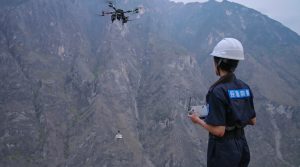
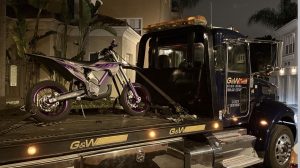

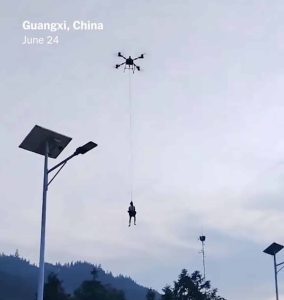
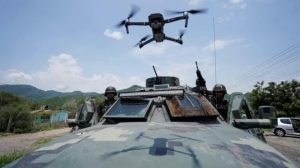

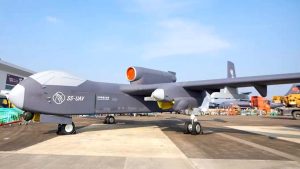
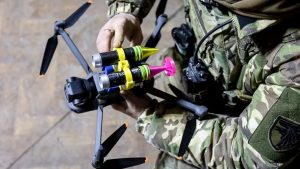

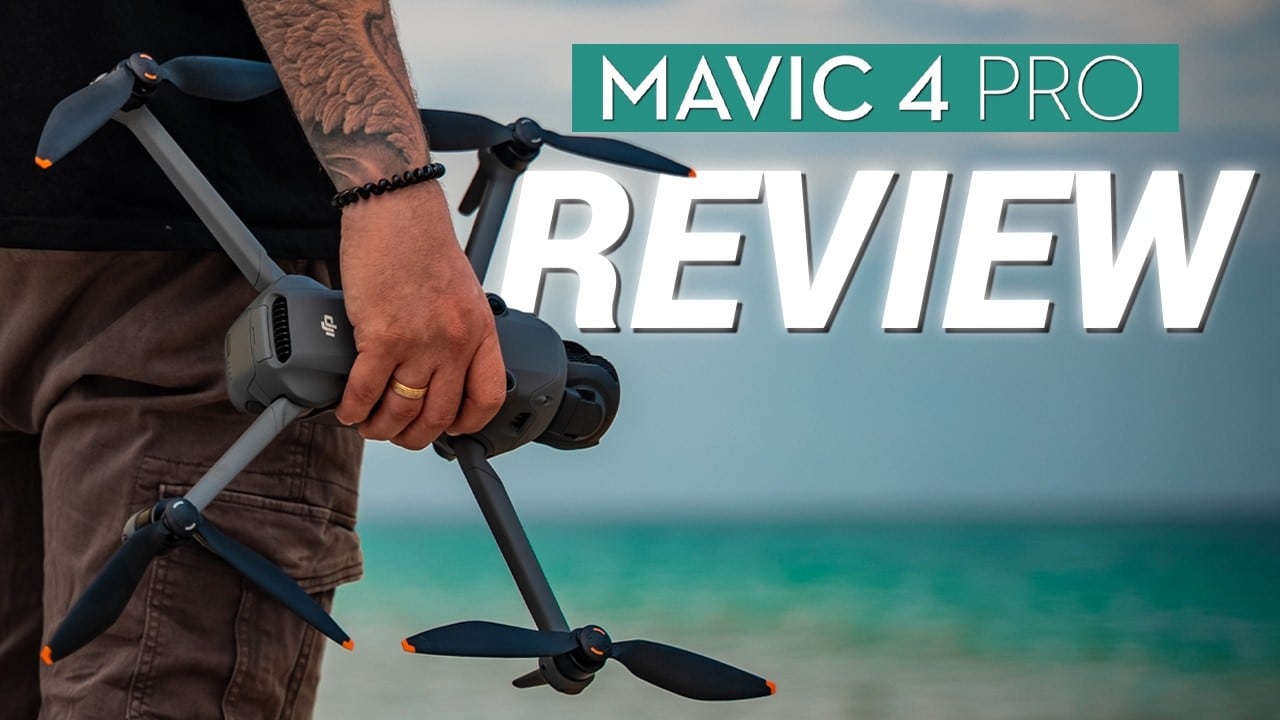

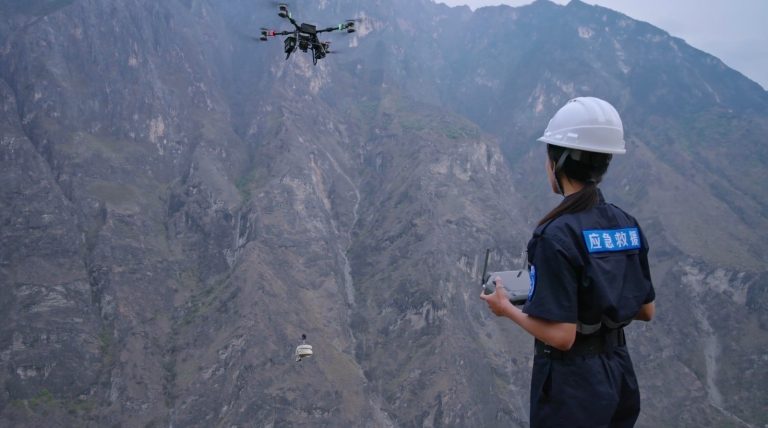
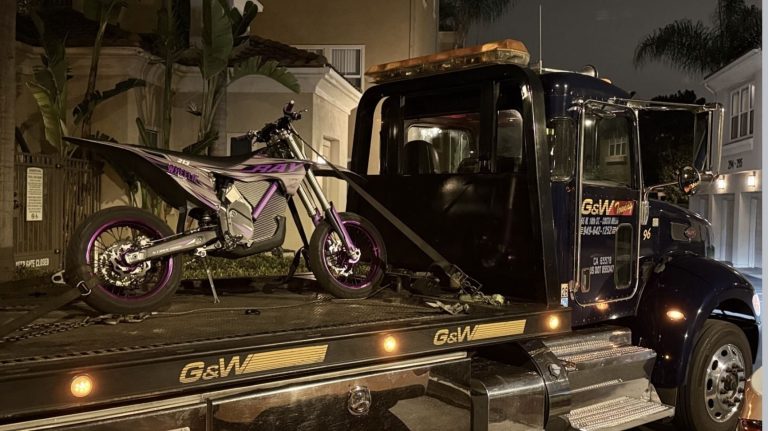
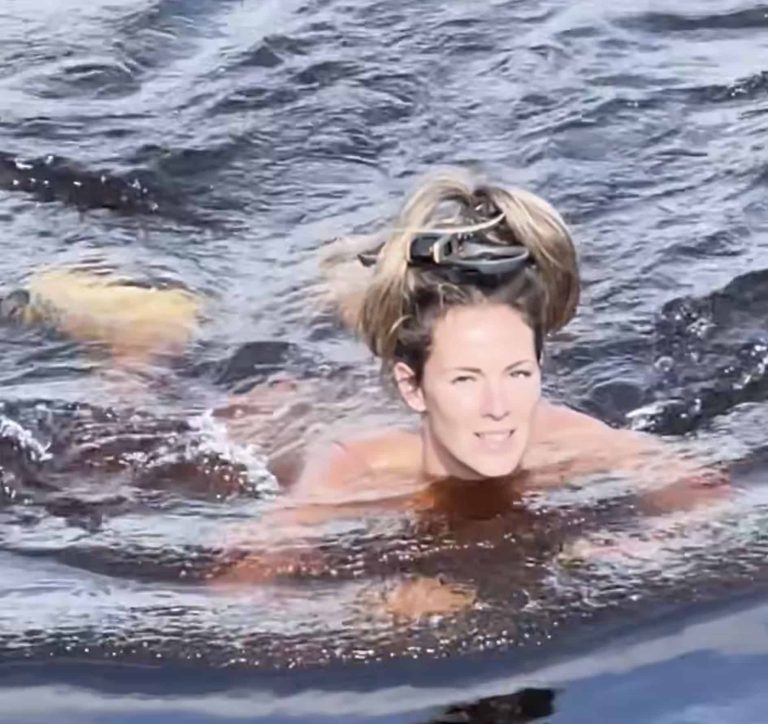
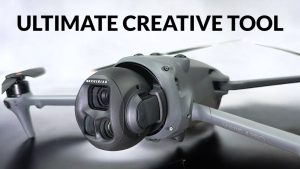

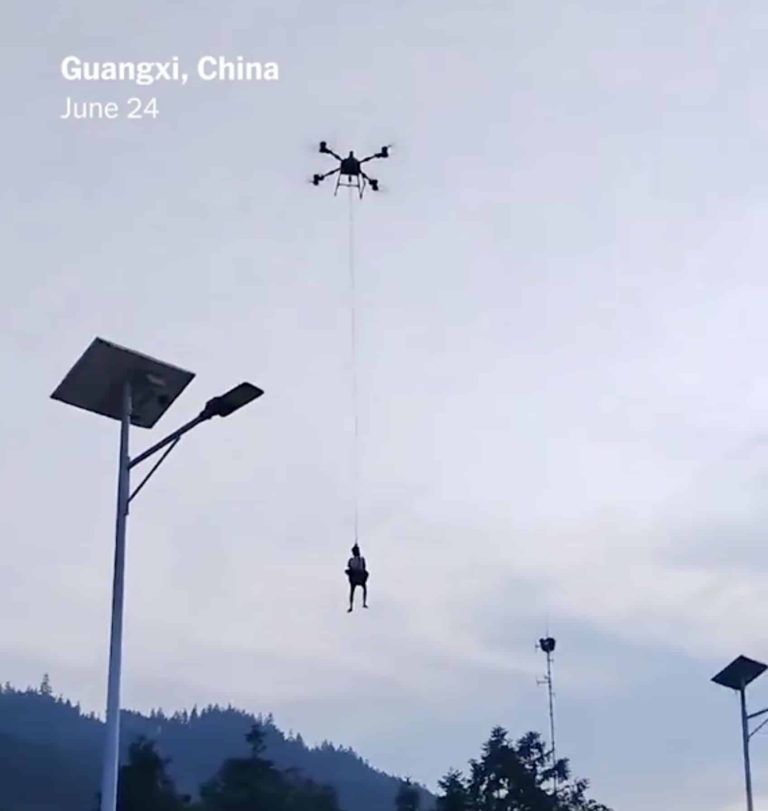
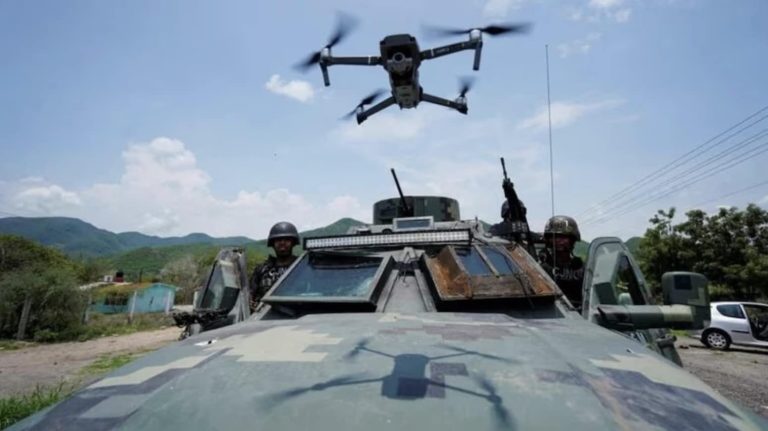

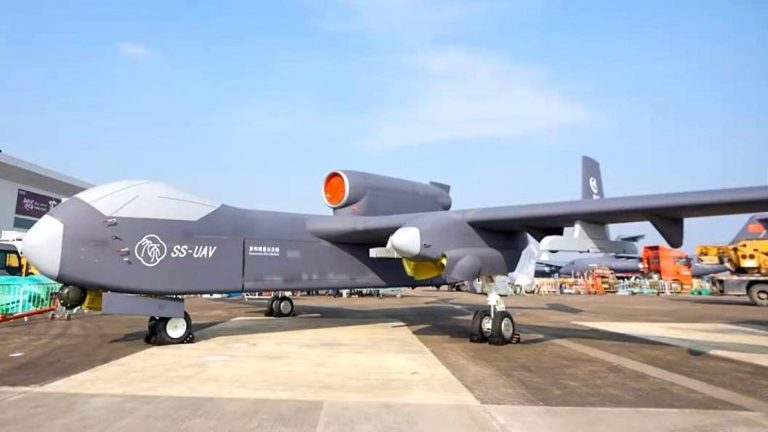

+ There are no comments
Add yours